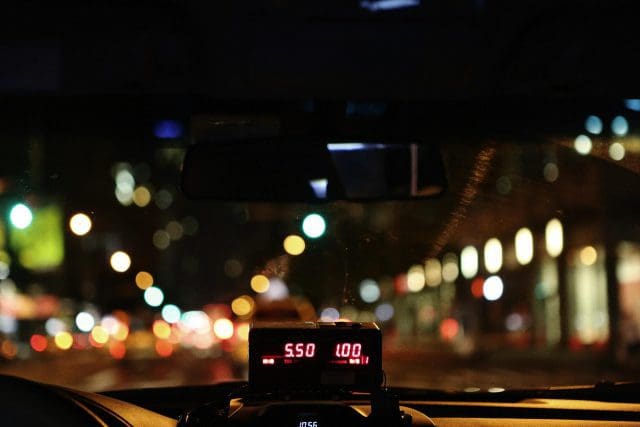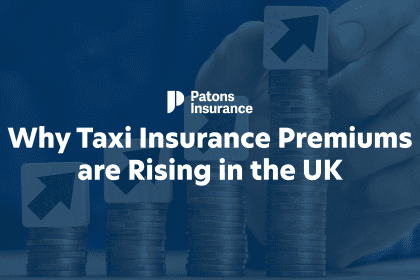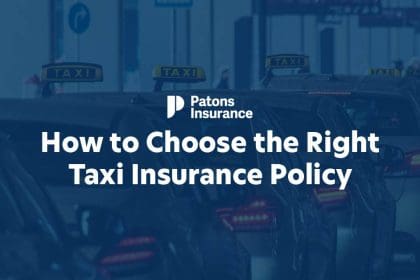As we continue to feel the pinch at the petrol pumps, taxi drivers across the country have been calling for a taxi fare increase.
While some are calling for modest increases, others feel action is needed and are calling for rises of 20% to help taxi drivers meet rising costs.
Passengers and members of the public have also been asked for their views on the proposals in their areas.
In Scotland in the Borders, consultation on a 4.6% proposed increase ended on Sunday and the input of drivers, passengers and the public will now be considered by Scottish Borders Council’s executive committee.
As the licensing authority, the council is responsible for setting taxi fares and charges in the region, and held the consultation from April 25 to May 15.
It has reached the proposed 4.6% to take into account the rising costs faced by taxi operators and is based on a formula which tracks motoring costs such as vehicle costs and local wage rates agreed by the trade, the traffic commissioner and the council in 2009.
The last fare review was carried out in 2019 and the rates have remained at those levels because of delays to reviews due to the pandemic.
Now, with feedback from taxi drivers and the public, the proposal will go before the council’s executive committee and councilors will decide whether to approve the increase.
With decisions like this, it is vital that taxi drivers, bases and fleet operators have their say because they are the ones directly affected by the rising costs.
These include the cost of fuel, as well as the price of vehicles, servicing, maintenance and repairs, vehicle tax and insurance, as well as any medical and licensing fees.
The council also takes into account the local wage rates which reflect the ability of passengers to be able to pay. This is an important factor in the calculation because as well as taxi drivers facing increased costs, passengers are also feeling the pinch.
No one likes putting up their prices and while 4.6% might seem to be a steep rise for the area, had a scheduled review been held 18 months ago, the proposed increase is likely to have been more gradual.
And while a rise might be unpopular with some passengers, many will realise that taxi drivers cannot simply absorb the soaring cost of fuel, let alone coupled with the overall rising cost of living, and have no choice but to increase fares.
The proposed increase would see the initial hire price during social hours rise from £2.35 for up to four passengers to £2.45 and from £3.50 to £3.66 for five to eight passengers.
During unsocial hours such as between 10pm and 6am, and during Christmas and new year – as well as a 25% increase – the initial hire for up to four passengers would increase from £3.45 to £3.60 and from £5.10 to £5.33 for up to eight passengers.
The cost of valeting a taxi for customer misuse would increase from £70 to £73.22.
Councils across the country are considering a variety of fare increases, ranging from 20% in authorities including Worcester and Midlothian, and 0.9% in Cambridge.
While some may feel a 20% rise is too steep, the BBC reports that Worcester city councilors have backed a request by drivers for the 20% fare increase for hackney carriages.
The increase would see the initial cost of flagging a cab rise by 19% to £4.30, with a one-mile journey costing £5 and a two-mile journey going up to £7.
If the proposal receives the backing from the public during consultation, and if approved by the council, the new fares could be introduced next month.




